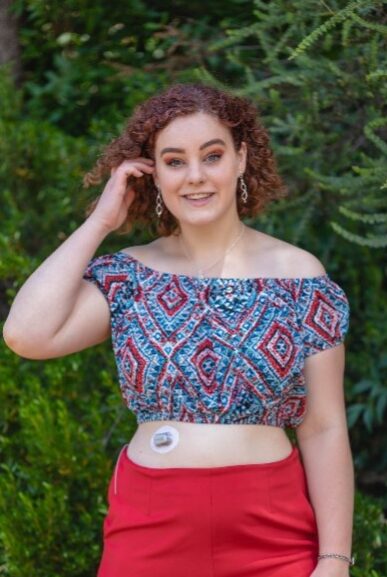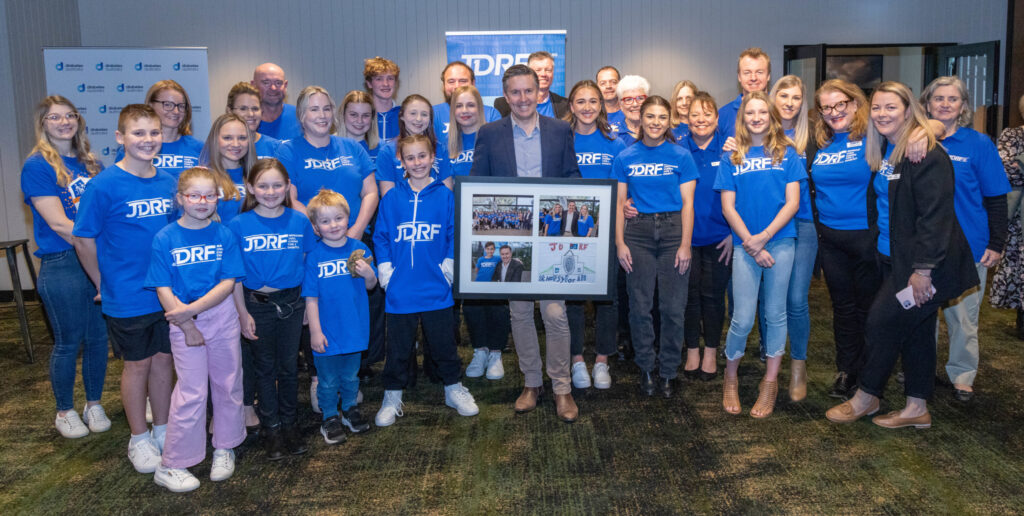A collaborative advocacy campaign of five diabetes organizations resulted in a significant investment of more than $300 million over 4 years from the Australian Federal Government. The cost of CGM including consumables (sensors) is around $5,000 per year, which is now fully subsidized for all Australians with type 1 diabetes.
In 2015, Breakthrough T1D Australia started receiving many inquiries from families of children living with T1D with the same recurring theme: They had seen or heard about the great lengths new devices and technology had come in improving the lives and prognoses of those living with T1D, and wanted to know why they were so prohibitively unaffordable in Australia, a country with free and universal healthcare coverage.
Suzanne Culph, Head of Government Relations and Advocacy at Breakthrough T1D Australia, knew that Australia was lagging behind other developed countries. The cost of Continuous Glucose Monitors (CGM) including consumables (sensors) was around $5,000 per year. But the cost of a government funded program to increase access was large. She knew this was not something a single organization could advocate for. This needed to be a cross sectoral demand.
Breakthrough T1D Australia took an approach in building a coalition known as the “Diabetes Alliance.” Breakthrough T1D Australia worked with the Australian Diabetes Educators Association, Australian Diabetes Society, the Australasian Paediatric Endocrine Group, and Diabetes Australia to drive this advocacy campaign.
Although across the CGM campaign and the Diabetes Alliance, everyone had differing visions of what CGM access should look like, everyone agreed that access was vital.
“We all had the same message, and then we did our advocacy from the grassroots level, and the other partners did theirs through the meetings they were having, and we had ongoing communications, so it was a much more complete sectoral picture.”
Mike Wilson OAM, CEO of Breakthrough T1D Australia
Under the Alliance’s initial ask, everyone agreed that the number of people accessing CGM would be capped each year. Under the proposed pilot scheme, they recommend targeting a clearly defined and identifiable subset of people with high clinical risk/needs as their initial priority.
Once the Alliance successfully lobbied the Government the CGM Initiative began on April 1, 2017, providing fully subsidized access to CGM products (with no out-of-pocket costs) to eligible people through the National Diabetes Services Scheme (NDSS). Initially the subsidy was available to children under 18, but in 2019 it was expanded to include people up to the age of 21, after which the subsidy stopped.
“It makes good economic sense to provide people with continuous glucose monitors. And it’s unfair to randomly decide when they turn 21 that they’re no longer eligible for, for the technology.…It’s just an unfair birthday present.“
Suzanne Culph, Head of Government Relations and Advocacy, Breakthrough T1D Australia
In the lead-up to the 2022 Federal elections, Breakthrough T1D Australia launched the #AccessForAll campaign, underpinned by a three-pronged strategy, a compelling human story, a fiscally responsible economic story, and an evidence-based and impact-focused clinical story.
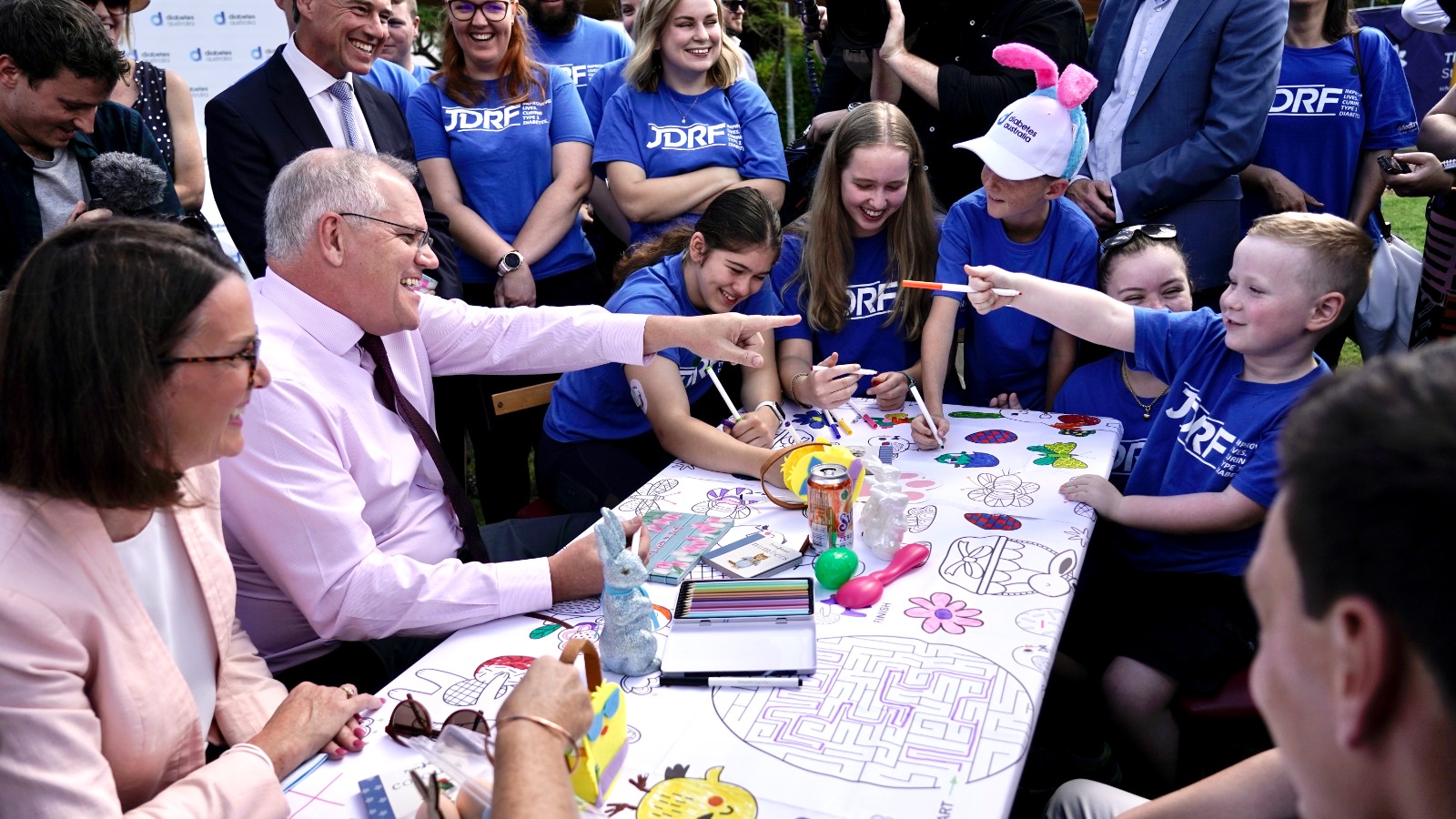
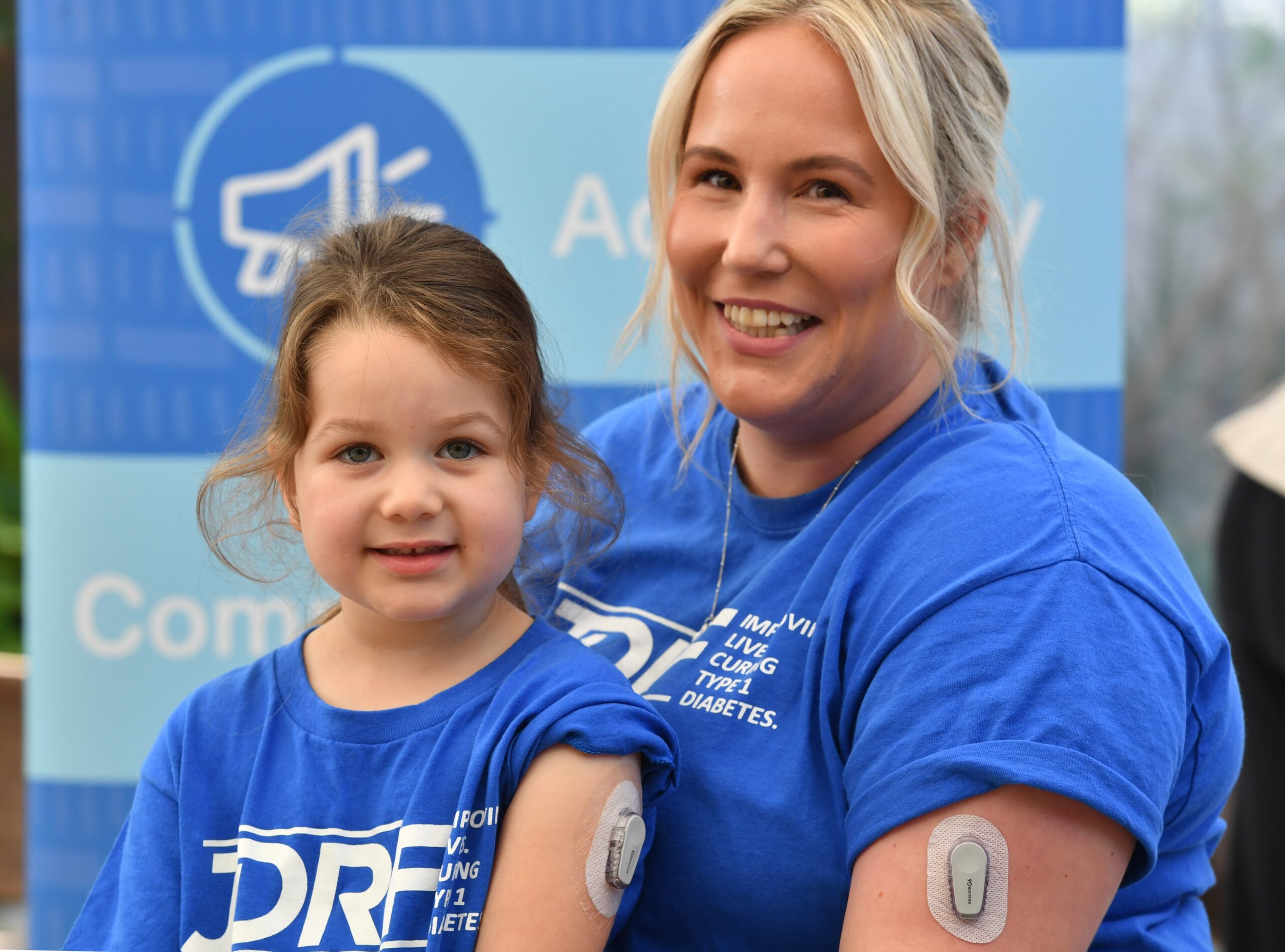

Breakthrough T1D Australia commissioned an economic analysis looking at the cost of T1D in Australia — estimating it to be around $2.9 billion. The economic case demonstrated that an annual investment of $100 million in CGMs would repay itself up to 10 times over.
Breakthrough T1D mobilized its advocacy base and covered about 90% of the 152 electorates in Australia. Families affected by T1D held more than 200 meetings with their local members—either MPs or the senator in their state—to share with them their experiences living with T1D and why access to the latest technology is so important. For each meeting, Breakthrough T1D asked advocates to persuade their Member to speak to political leaders. Over the course of 18 months, these meetings helped convince political leadership on both sides, that T1D is a critical issue to many of their constituents.
“Our job was to turn the passion of this incredible group into policy, and the pathway was through advocacy and members of parliament willing to listen. When this happens at scale and the message is consistent, there is nothing they can do other than pay attention”
Mike Wilson OAM, CEO of Breakthrough T1D Australia
The campaign included letters of support from leaders of the clinical and research community. Business leaders associated with Breakthrough T1D Australia lobbied too, explaining that funding this technology made “basic demonstrable economic commonsense” and was the decent and honorable thing for the government to do.
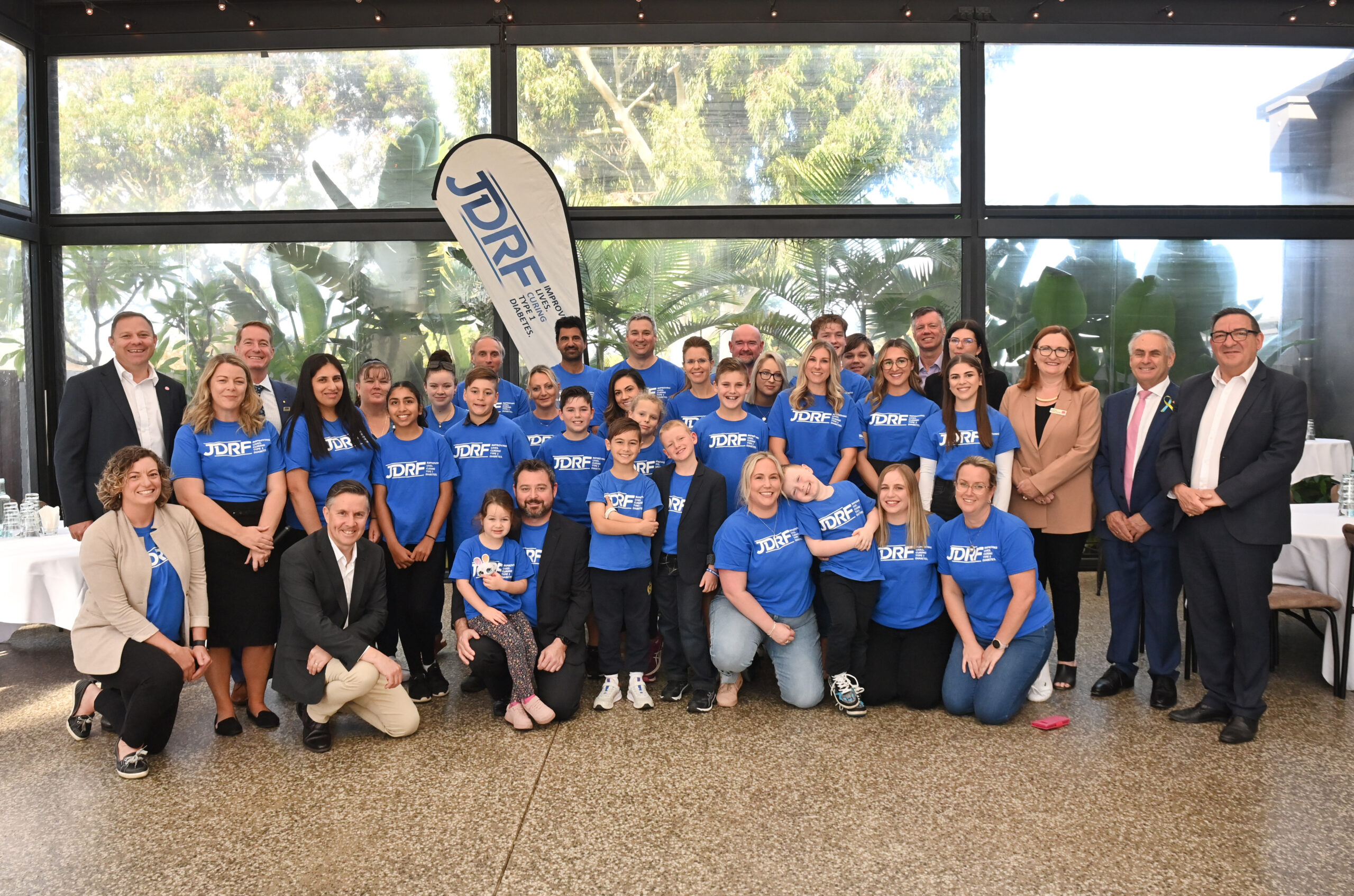
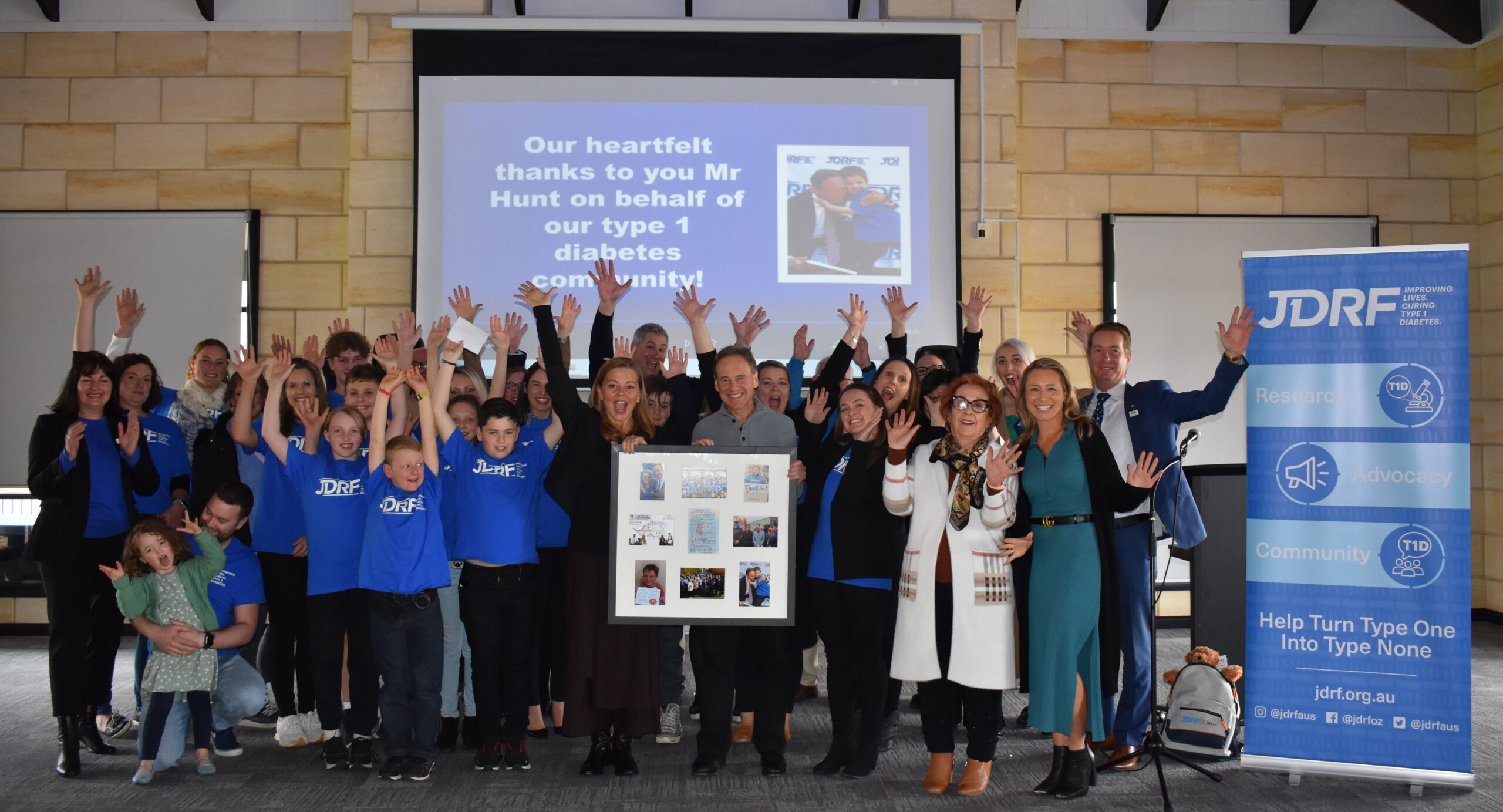
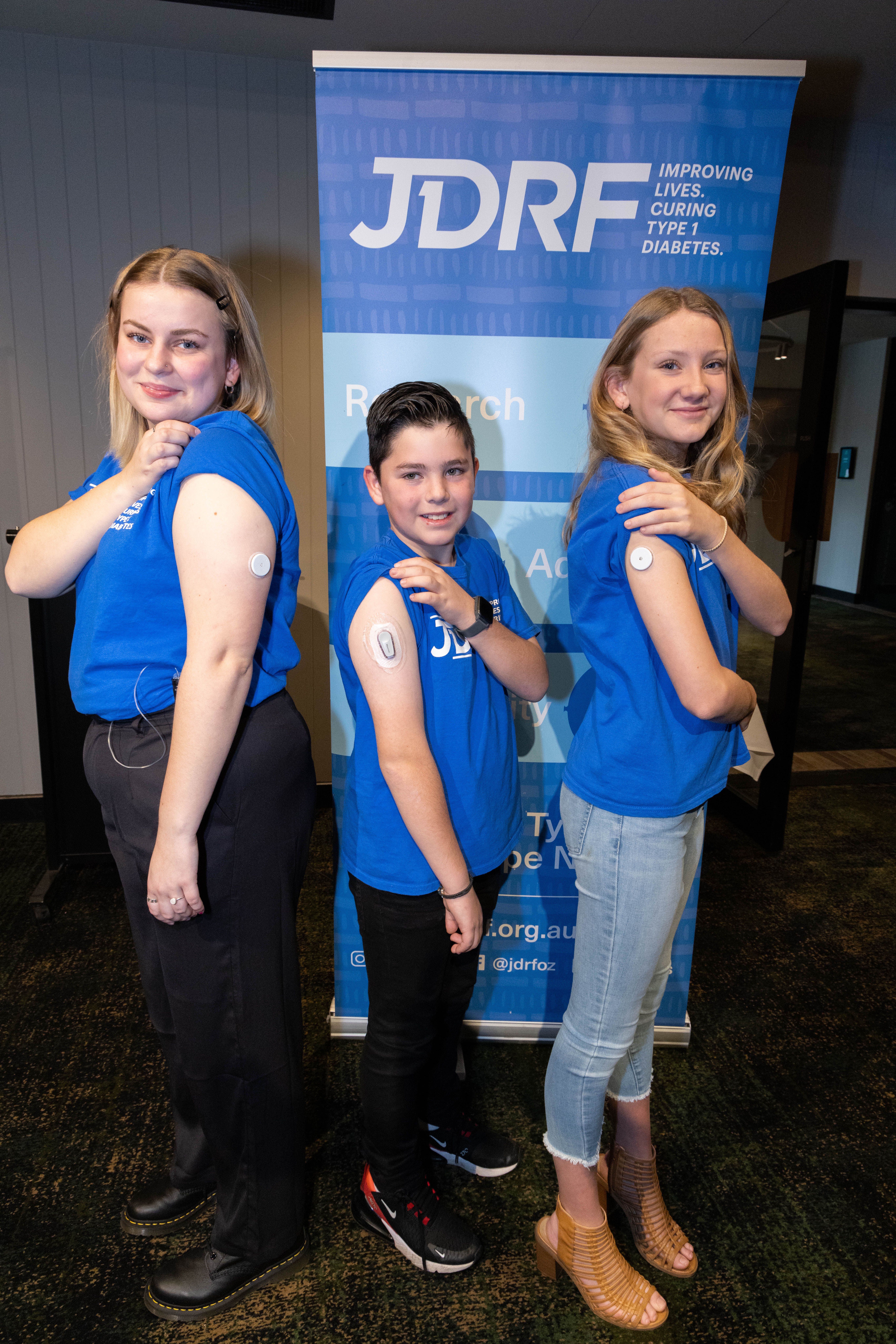
The grassroots and grasstops advocacy efforts were successful, with both the sitting Government and the opposition announcing a bipartisan funding commitment of $273.1 million towards CGM access in Australia.
“I have not been admitted to hospital for type 1 diabetes related issues for many years because I have access to the CGM program. I know of people who do not have access and they end up hospitalized because of the struggles of not having that integral data presents. No matter what I end up pursuing as a career, I know that it is important to have my CGM to keep me safe and I am only one of many living with type 1 diabetes who feel like this. CGM saves lives, CGM saves hospitalization, CGM is a game changer!”
Sophie Coulter, person living with T1D
